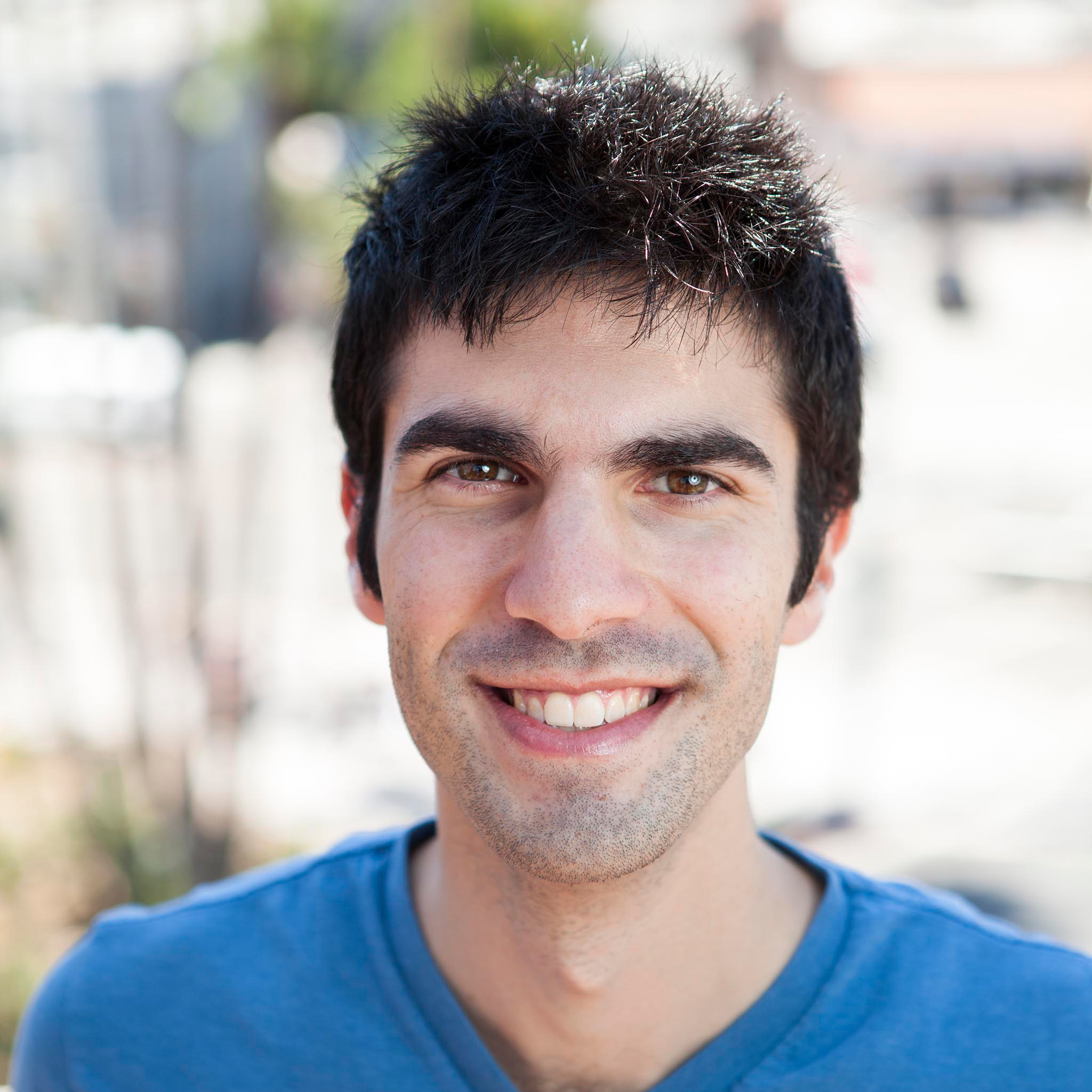
1. Breaking Bad (2008-2013)
‘You know the business, and I know the chemistry.’ And so begins the unholiest of on-screen partnerships and, for our bag of non-sequential bills, the greatest TV show in the history of the medium. Terminally ill chemistry teacher Walter White (the revelatory Bryan Cranston) and druggy deadbeat Jesse Pinkman (Aaron Paul, its tragic soul) are creator Vince Gilligan’s cooly calculating yin and sketchy, insecure yang as they slowly build a meth empire. Their arc heads only one way, but backdropped by a parched New Mexico desert that slowly fills up with shallow graves, it’s an extraordinary ride, balancing light and darkness with enough dexterity and dark humour (the bath tub! The fly!) to provide respite from the moral decay. But while Breaking Bad is, of course, a morality tale – a Faust riff – its political edge is sharp enough to cut yourself on. Walter has done everything he was supposed to do: working two jobs, paying his bills and sharing his chemistry knowledge with generations of bored teens, but a cancer diagnosis still leaving him needing to pick between the ruin of family or that of his soul. That is, of course, until he picks both. In short? Class A television.

























































































































